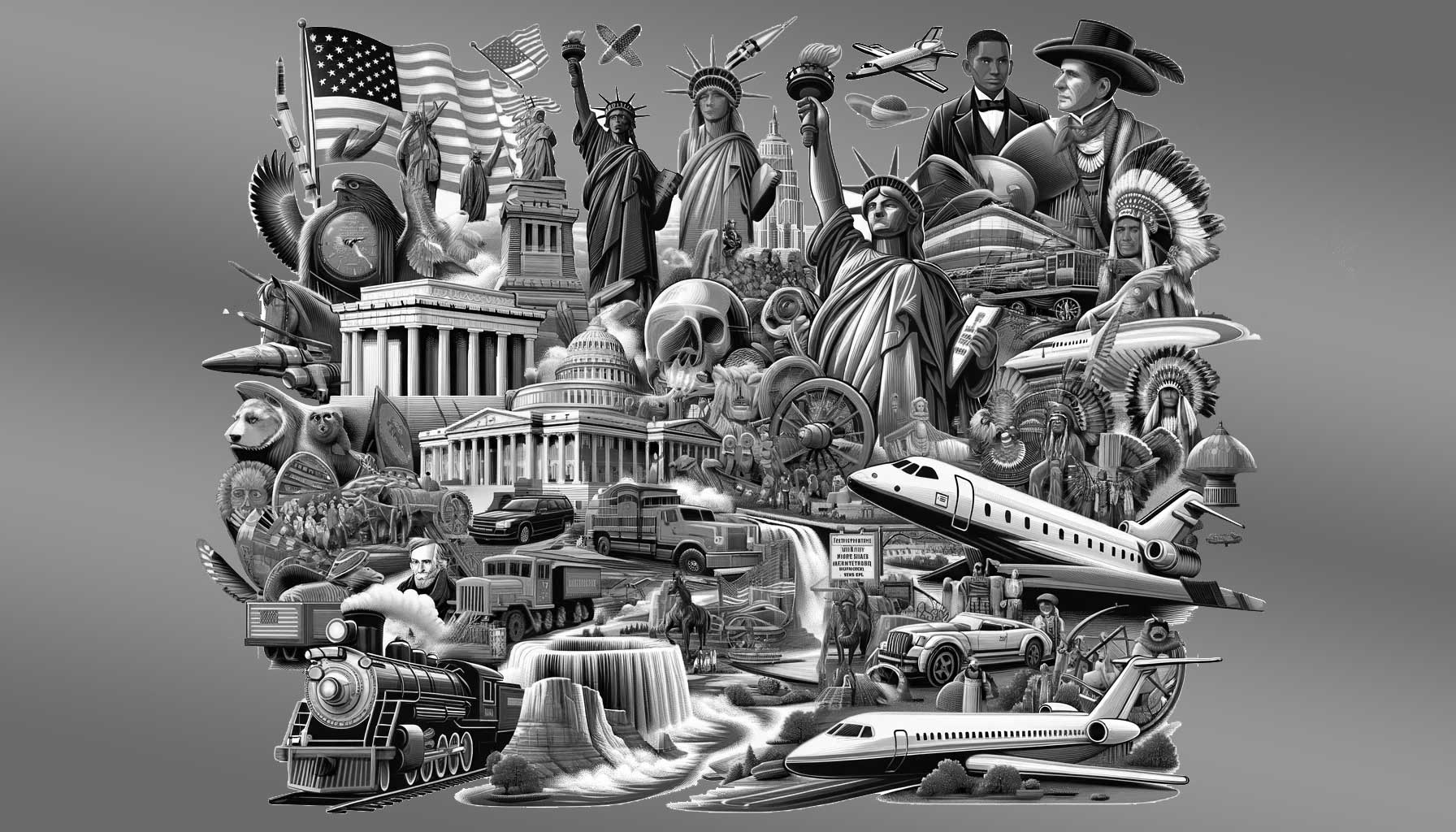Flashback to July 15
American History

The historical event of authorizing street signs at San Francisco intersections, which occurred on November 17, 1853, marks a significant milestone in its urban development. This transformative decree not only led to effective navigation but also became the cornerstone of the city’s systematic growth and organized structure.
In the heart of San Francisco, from well-trodden tourist paths around Pier 39 to quiet corners in the up-and-coming Outer Sunset district, one often overlooked yet ubiquitous feature stands testament to over a century and a half of urban evolution: our street signs. First authorized on November 17, 1853, these humble markers of asphalt and steel symbolize far more than mere geographic coordinates. The root of the policy can trace back to an authoritative decision with impacts that transcend longer than the planners could have anticipated.
Before the incorporation of street signs in 1853, San Francisco was a bustling city, teeming with newly arrived hopefuls from far and wide due to Gold Rush fever. However, the lack of a city-wide navigational system made it difficult for citizens and newcomers alike to move around with ease. This vital need for an easier way to navigate through the city streets led to the institutionalization of street signs at intersections.
What began as a simple yet necessary municipal decision quickly transformed the life of everyday San Franciscans. The authorization unleashed a ripple effect of benefits that shaped the city as we know it today. From aiding in commercial development to fostering neighborhood identity, the introduction of street signs became a bedrock of urban ensemble and planning.
From an economic standpoint, commercial activities organized themselves around these clearly marked intersections. As a result, it provided easy directions for customers and allowed businesses to clearly state their location, leveraging their locality. The localization was also pivotal for the real estate market in San Francisco, as property descriptions could now include exact street locations, thereby raising land and property values in well-trafficked, desirable locations.
Beyond the direct economic impacts, the introduction of authorized street signs also played a crucial role in creating the unique identity of San Francisco’s different districts. Neighborhoods took distinct turns based on their intersection identities, shaping micro-cultures within the city.
Not forgetting the critical role such street signs play in public security and emergency services. For law enforcement agencies and fire department officials, responding to calls in a timely fashion was facilitated by clear street signs. In this way, the improvement in the public safety sphere is also a legacy of that landmark event back in 1853.
We strive for accuracy. If you see something that doesn't look right, click here to contact us!
Sponsored Content

First transatlantic helicopter flight…
On July 15, 1952,…

Christine Chubbuck becomes the…
On July 15, 1974,…

First flight of the…
On July 15, 1954,…

John J Persing, US…
John J Persing, a…

In Washington, DC, “American…
In a high-profile case,…

Tacoma Narrows Bridge opens…
On July 15, 2007,…

